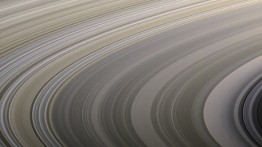Howard T. Wright EE'56

The extraordinary risks of manned space travel became clear to people around the world when the third spaceflight to the moon, Apollo 13, suddenly went terribly wrong. Thanks to the capabilities of the craft’s lunar module, which was designed by Howard T. Wright (1928-2018) and his colleagues at Grumman, all three astronauts survived the flight.
Though initially the 1970 mission transpired as planned on the second day an oxygen tank in a support module exploded. Oxygen was needed for the spacecraft’s life-support and electrical systems. To survive, the astronauts needed to move into the lunar module, which had been designed for two men to explore the moon’s surface over two days. But after the accident, the lunar module had to accommodate three men for four days as they circled the moon, preparing for reentry. That adjustment required highly inventive and perilous strategies on the part of the astronauts and on-the-ground engineers. Wright, a Brooklyn native, served as the lunar module’s lead test engineer. His design’s adaptability in a crisis earned him the respect of his colleagues and the first of several positions at NASA. When he first joined the agency, he worked on the Viking Mars Lander, part of a program that in 1975 sent spacecraft to Mars, orbiters to take photographs, and landers to explore the planet’s surface. The resulting data showed clear evidence that Mars once had plentiful water. Later, Wright served as the NASA Deputy Director for the National Aerospace Plane Program at Wright-Patterson Air Force Base in Ohio.
His final assignment at NASA was serving as Program Manager of the highly successful international Cassini-Huygens Program, which launched in 1997 and was completed twenty years later. A collaboration with the European Space Agency and the Italian Space Agency, the Cassini-Huygens missions focused on reaching and orbiting Saturn, sending photographs and other data back to NASA about the planet and its moons, evidence of the very varied terrain and atmosphere of Saturn and its moons as well as the complex makeup of the planet’s rings.
Photo: Saturn's Rings, photographed by the Cassini-Huygens mission, NASA/JPL-Caltech/Space Science Institute




